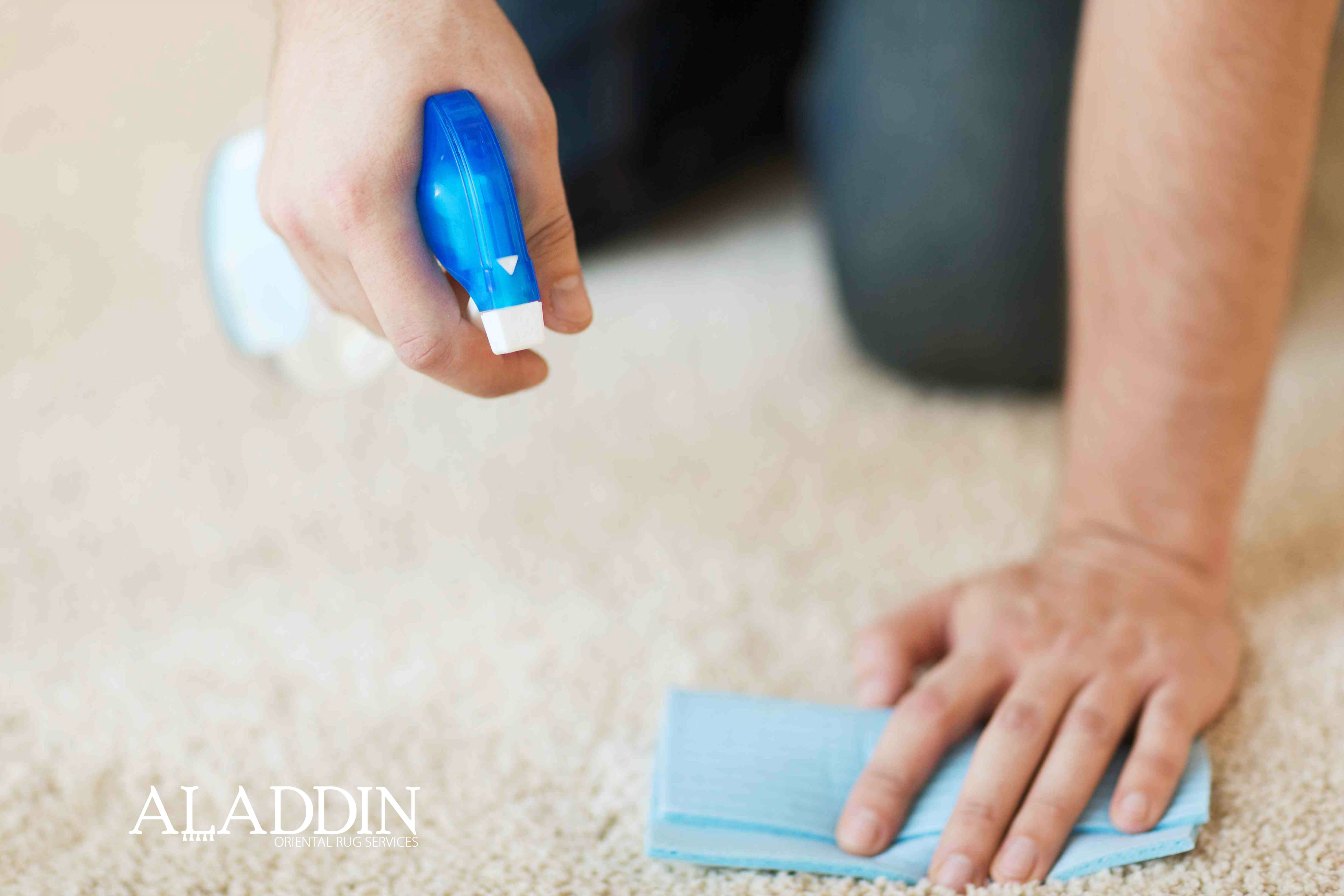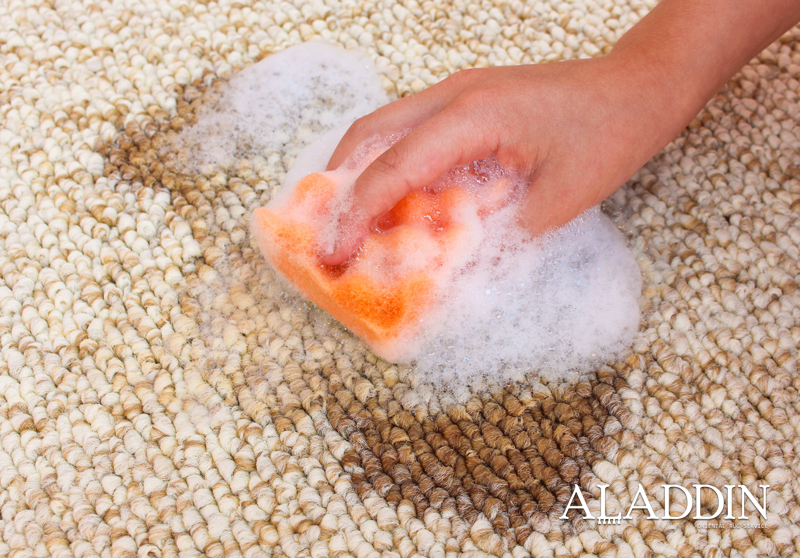The holiday season is a special and cherished time of year where almost everybody is trying to shop and prepare for some form of family or friends social gathering. It is also known as a time of stress for rug or carpet owners who are forced to deal with disastrous spills after amazing and festive events. There’s no reason to fret, however, if you’re fearful of spilling up some upturned Glog. Here’s some tips on how to clean off any sort of festivity caused spills from your rugs.
Never Rub
Act right away when stains occur. The longer amount of time that a stain can set into the rug, the more likely it is to stay permanently. Right when a spill occurs, blot all the spilled liquid form the carpet or rug with a cloth or highly absorbent paper towel, in order to prevent the liquid from going deeper into the rug’s fibers.
Spray Bottles
If a stain has already dried, use a spray bottle to spray a small amount of water on it – don’t directly pour water on it however. Don’t just refill a bottle that used to contain other liquids or chemicals, and make sure the bottle is clean before you use it – and if it used to contain any other form of liquid but it’s the only one on hand, rinse it thoroughly before using it.
Don’t utilize chemicals
The ideal approach is to clean off the stain with just water – you don’t want to use any strong or hard detergents to get rid of the stain, as they themselves can stain, fade, or otherwise damage your rug or carpet.
Hand wash
Don’t use machines to wash your rugs. Machines utilize steam, commercial detergents, or heavy agitation, and they can deplete the dyes and oils out of any sort of fabric or wool inside the rug. Don’t ever wash a handmade rug in a washing machine. Simply spray water on it and blot as many times as it works. If it’s still not working, contact an expert like those at Aladdin.
Last Resort: Hydrogen Peroxide
If all other approaches don’t work, use 3 percent hydrogen peroxide on top of the stain area and let it stay on top of the stain for at least an hour. This should remove the stain without changing the color of the rug’s fibers. If this doesn’t work, we recommend you contact the professionals at Aladdin – they have the experience necessary to remove any stain known to mankind.







